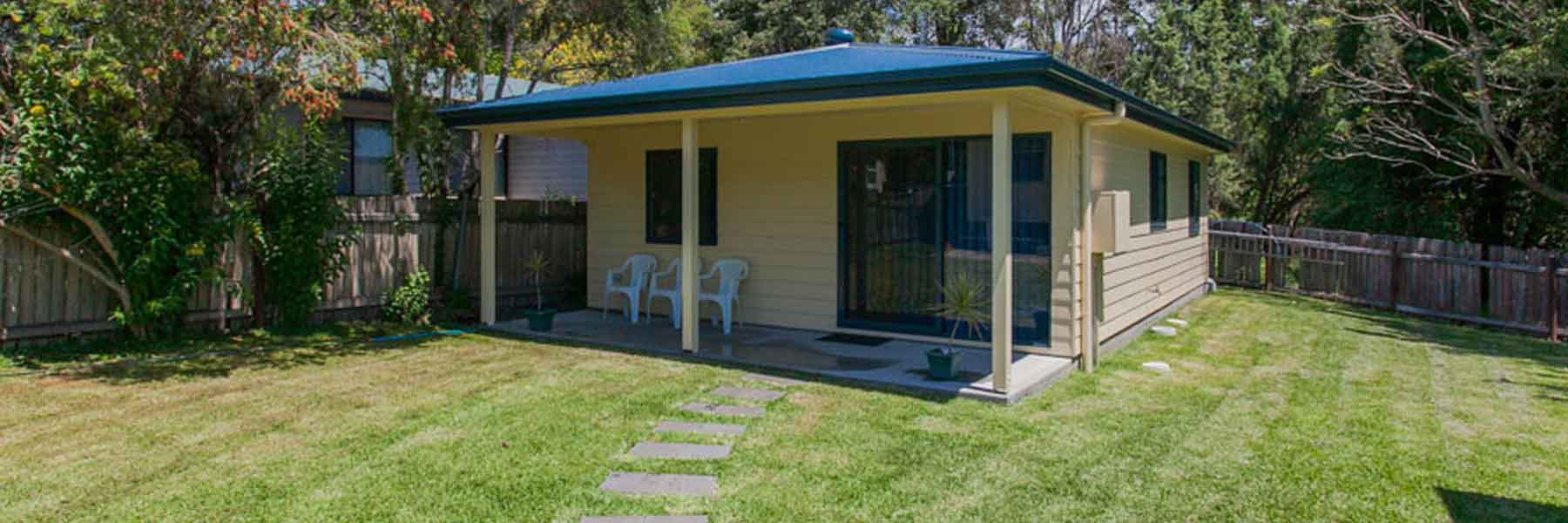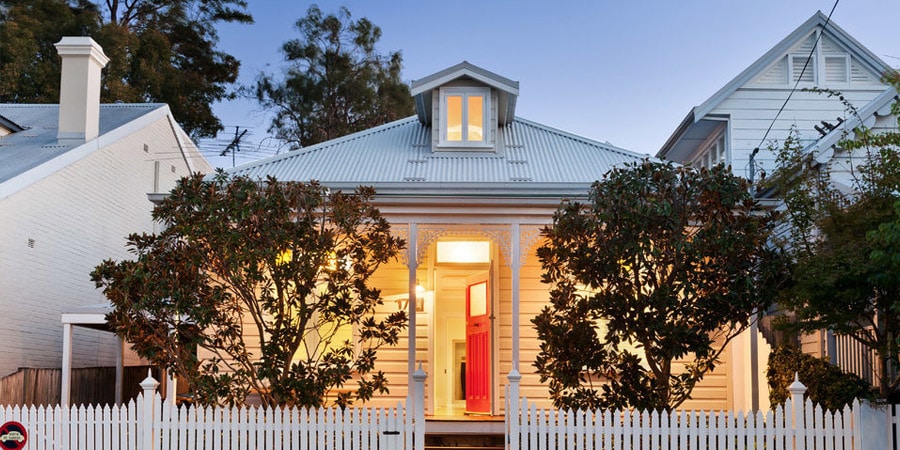Home > Home Loans > How to Get a Home Loan
How to Get a Home Loan
Find out the key information you’ll need to know about how to get a home loan and some of the tips for doing so with Savvy.
Author
Savvy Editorial TeamFact checked
Whether you’re a first-time buyer or looking to upsize or downsize, the chances are you’ll need to find a home loan to help you purchase your dream home in Australia.
Fortunately, you can learn about the key information you’ll need to know right here with Savvy. Read about how to apply for a home loan, find handy checklists, frequently asked questions and how you can find the best loan available all in one place.
How do I get a home loan?
There are several key steps in the process of applying for a home loan. Consider the following when approaching your home loan application:
Work out how much you’ll have available for a deposit
If you’ve been saving for a deposit on your first home, this may be as simple as checking your savings account balance. However, if you’re selling an existing property to buy another, or refinancing for another reason, this may be a more complex calculation. The size of your deposit will largely inform the property price you’re eligible to borrow, so this is an important step to take early on.
The size of the deposit necessary for your home loan will depend on how much you want to borrow and the valuation of your property. Most lenders ask for 20% of the agreed value of your home as a deposit and they’ll lend you the remaining 80% of the cost of your purchase. For instance, if you wish to buy a home worth $500,000, you’ll be able to borrow $400,000 and provide $100,000 as a deposit.
Calculate what you can afford on loan repayments
It’s a good idea to calculate how much you can afford to pay each month on your mortgage. By subtracting your monthly expenses from your income, you’ll produce the calculation for your disposable income, which will give you an indication of how much you can afford to take on in terms of repayments.
You can use Savvy’s home loan repayment calculator to work out what your monthly contributions and overall loan cost may be. This will help you further understand what size home loan you can take on.
Compare and choose with Savvy
You’ll be able to compare a range of offers right here with Savvy’s panel of reputable and flexible lenders. Think about interest rates, fees, loan terms, deposit requirements, eligibility criteria and other flexible features such as offset accounts and additional repayments.
Gather all your documentation
Ensure you have access to all the necessary information you’ll be asked to provide before submitting your application, as this will save valuable time and prevent extensive back-and-forths between you and your lender. By having everything prepared, you can help your application run more smoothly. The primary home loan documents you’ll need include:
- Personal ID such as a passport or driver’s licence
- Income statements (usually at least three months’ worth of payslips)
- Information on your monthly expenses
- Details about existing assets (savings accounts, other property or vehicles) and liabilities (outstanding debts such as loans)
Complete and submit your application
Each lender’s application process is slightly different, but most make it very simple for you to finalise your application from the comfort of your own home. Follow the instructions and make sure that any photographs or scans you submit are clear and easy to read. From there, you can send off your application and await a response from your lender.
Choose your home and arrange formal approval
You can be pre-approved for your home loan soon after you apply, from which point you can start looking around at homes within your price range. Once you’ve found one, your lender will arrange for a valuation of the property and after this has taken place, you can seek unconditional approval from your lender. With your home loan signed off on, you can then move to make a formal offer on your home.
What different types of home loans are available?
There are many different types of home loans available depending on your circumstances, but loans essentially fall into three categories:
Variable Rate Home Loans
The most popular type of home loan in Australia, these loans have an interest rate that varies and is heavily influenced by a rate set by the Reserve Bank of Australia. If interest rates rise, the amount of interest you pay on your variable rate loan will also rise at a rate determined by your lender.
The advantage of this loan type is that they generally offer the lowest interest rate and increased flexibility, such as the ability to make additional lump sum payments and link your loan to an offset account. Their main disadvantage is that your repayments will rise when your interest rate does.
Fixed Rate Loans
This type of loan is set at a specific rate for an agreed length of time, which is usually up to five years. This means you’ll know exactly how much your mortgage repayments will be for the set fixed period. The advantage is that you know exactly how much your mortgage will cost you for the specified period, allowing you to budget accurately.
However, fixed rate loans allow you less flexibility to alter the repayments you make. If you wish to make additional repayments or pay off your loan earlier, then hefty exit fees may apply which can dramatically increase the overall cost of your loan.
Split Rate Home Loans
This is a combination of a fixed and variable rate loan. You can choose to fix a certain amount of your loan and leave the remainder on a variable interest rate. For example, if you borrow $400,000 you may choose to fix half of the loan at a set rate for two or three years and leave the remaining portion of the loan on a variable rate.
This split rate option gives you the best of both worlds. You have the security of knowing exactly what your repayments will be on the fixed portion of your loan, and the flexibility to make changes to the variable portion if your life or domestic situation changes.
Top tips for maximising your mortgage approval chances
Don’t change jobs in the leadup to your application
You’ll need to show your lender that you have had a stable income for at least three months prior to your application. Try to avoid changing jobs, going part-time or reducing your working hours.
Cut down on your spending and save for a larger deposit
In the months leading up to your application, try and reduce unnecessary spending and save as much of your salary or wages as possible. A larger deposit will increase your chances of approval and may mean you don’t have to pay LMI. Also, bank statements that show frequent deposits going into a savings account will increase your chances of loan application success.
Have all your financial information in order
Create a spreadsheet showing your expenditure, including an estimate of what you normally spend on food, entertainment, clothing and leisure activities. Don’t forget items such as school fees, gym membership fees and regular payments to sporting clubs. Time spent gathering this information in advance will help ensure your application is processed quickly without unnecessary delays.
Have all your financial information in order
Create a spreadsheet showing your expenditure, including an estimate of what you normally spend on food, entertainment, clothing and leisure activities. Don’t forget items such as school fees, gym membership fees and regular payments to sporting clubs. Time spent gathering this information in advance will help ensure your application is processed quickly without unnecessary delays.
Be fully prepared before filling in your application form
Before making your loan application, it’s helpful if you’ve already decided which loan features are important to you. Do you want to pay your mortgage fortnightly instead of monthly? Do you think you may want to use a redraw facility in the future? Work out in advance which loan features are ‘must haves’ and which loan options you’d classify as ‘added extras.
Frequently asked home loan questions
In the same way as anyone else – first-time buyers take on the same home loan products as anyone else. However, there are several grants that you may be eligible to apply for, such as the First Home Owner Grant (FHOG) which can provide you with up to $15,000 to put towards your home purchase. The First Home Loan Deposit Scheme (FHLDS) also guarantees up to 15% of your deposit, enabling you to avoid LMI.
Pre-approval is a set amount which a bank or lender has agreed you may be able to borrow. It is not dependent on buying a particular property but gives you an indication of how much a lender is prepared to loan you the deposit required. It is usually valid for three months and can be useful during purchase negotiations, as you’ll be perceived by vendors and real estate agents as a serious buyer which may improve your chances of buying your dream home.
If you don’t have 20% of the bank’s agreed value of your intended home as a deposit, you’ll likely need to pay Lenders Mortgage Insurance (LMI), which is an insurance policy protecting the lender if you default on your home loan. With LMI, some lenders will be willing to approve home loans with deposits as low as 5% of the purchase price.
Yes – you can buy a home with the assistance of a loan on a single income. As long as you can prove to your lender that you’re able to comfortably afford to manage your home loan repayments consistently, you can be approved for a mortgage.
Yes – self-employed workers are eligible to apply for a home loan in the same way as any other applicant. They will, however, be required to submit further documentation to ensure their lender views them as a safe borrower, such as tax returns, ABN and GST registration and other financial statements. If you don’t have the required tax returns, though, you’ll need to apply for a low doc home loan.
The home loan process is faster than you might think. You can be pre-approved on the same day you apply, while formal approval may take a further three to seven business days. You may find that this process takes longer, though, as it’s dependent on the complexity of your application.
Yes –a guarantor is another person, often a parent or grandparent, who guarantees the full payment of the loan, even if you are unable to make repayments. If you have a guarantor, some lenders will approve home loans for up to or even over the value of your property.










